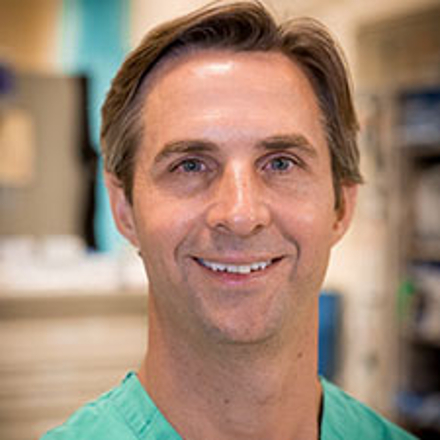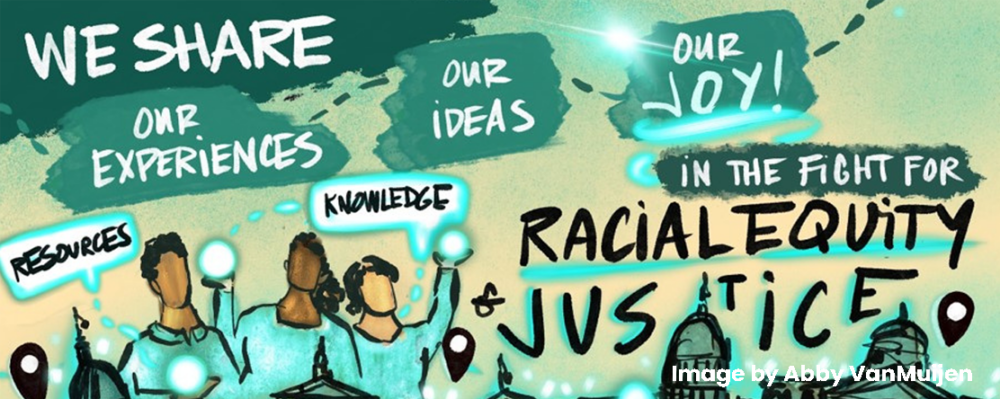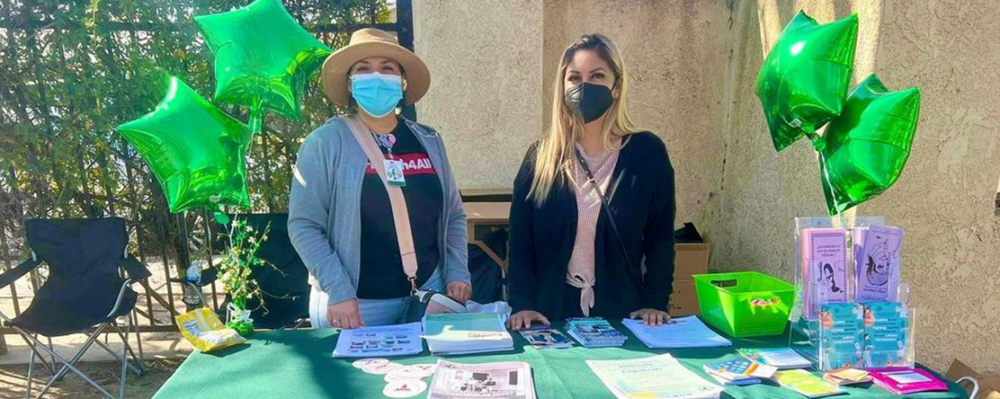
In the News
U.S. News: Study Shows More Emergency Room Doctors in California are Prescribing Anti-Addiction Medication Buprenorphine
- U.S. News & World Report
-
Focus Areas
Alcohol, Tobacco, Drugs & Mental Health, Capacity Building & Leadership -
Expertise
Research – Surveillance -
Programs
Bridge, CA Bridge -
Strategic Initiatives
Opioids

“More emergency room doctors in California are prescribing the anti-addiction medication buprenorphine, contributing to the state’s battle against the U.S. opioid epidemic, a new study suggests.
About 16% of scrips written for buprenorphine in California came from an ER doctor in 2022, up from only 2% in 2017, researchers reported recently in the Journal of the American Medical Association.
More ER docs also started patients on buprenorphine treatment, with initial prescriptions written by emergency doctors increasing from 0.1% to 5% during the same period, results show.
“We’re seeing this huge shift of prescriptions over a five-year period — the efforts are working,” lead researcher Dr. Annette Dekker, an assistant professor of emergency medicine at UCLA, said in a news release.
This increase is part of an initiative in California called CA Bridge, which since 2019 has worked with more than 80% of the state’s hospitals to make it easier for an ER patient to get a buprenorphine prescription, researchers said in background notes.
“For a lot of people who use opioids, the emergency department might be the only touch point they have with the healthcare system, so it’s a huge window of opportunity to make a difference,” Dekker said.
Buprenorphine binds to opioid receptors in the brain, reducing a person’s cravings for narcotics without producing the euphoric feeling that opioids induce, researchers said.
Despite its effectiveness, an estimated 87% of people with opioid use disorder are never prescribed buprenorphine or any medication to help them fight their addiction, researchers noted.
The CA Bridge program aimed to change that by training ER staff on the use of buprenorphine to treat opioid addiction, they said.
The program also provides navigators to help ER patients find community treatment programs, through which they can keep taking buprenorphine initially prescribed in the ER.
For this study, researchers analyzed records on more than 345,000 patients who received 3.8 million prescriptions for buprenorphine from nearly 22,000 doctors in California between 2017 and 2022.
The number of emergency doctors who prescribed buprenorphine for the first time increased from 70 in 2017 (3%) to 941 in 2022 (25%), results show.
Likewise, the number of patients receiving their first buprenorphine prescription from an ER doc increased from 46 in 2017 to 3,289 in 2022.
An ER doctor’s intervention helped many patients step onto the road to recovery, researchers found.
About 1 in 3 of these patients went on to receive a second prescription of buprenorphine, and 1 in 9 got at least six months of continuous buprenorphine treatment, the study says.

These data strongly suggest a long-term beneficial impact from emergency department-prescribed buprenorphine for opioid use disorder.Andrew Herring, MD
Program Director, Bridge Center, Public Health Institute
This story was originally published in HealthDay. Click on the link below to read the full article.
Originally published by U.S. News & World Report
More Updates
Work With Us
You change the world. We do the rest. Explore fiscal sponsorship at PHI.
Support Us
Together, we can accelerate our response to public health’s most critical issues.
Find Employment
Begin your career at the Public Health Institute.



